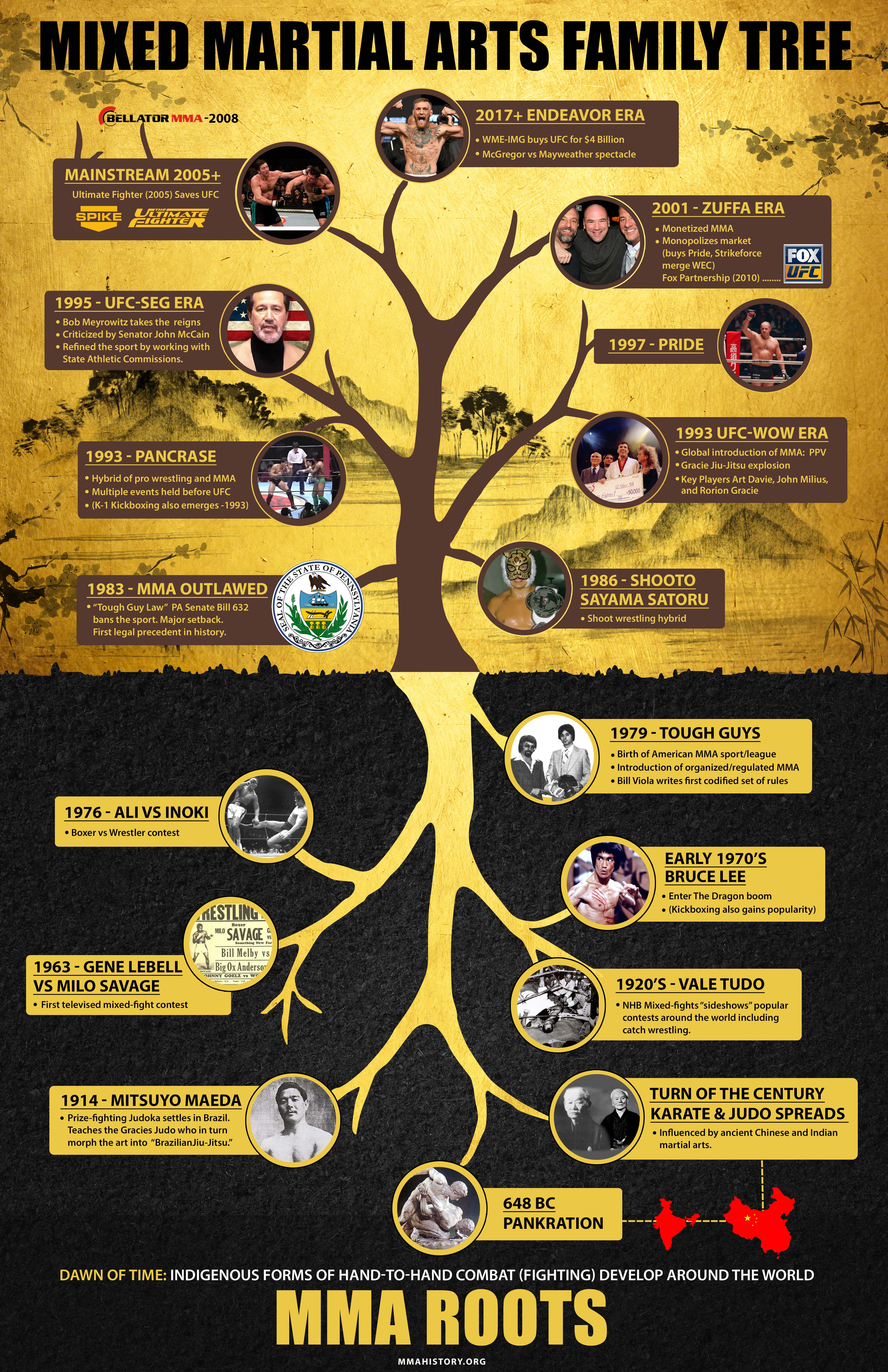The History And Approach Of Fighting Style: A Deep Dive
The History And Approach Of Fighting Style: A Deep Dive
Blog Article
Post Produced By-Moesgaard Patterson
Step into the ancient world where martial arts were born out of necessity in varied areas. Societies crafted distinct combating styles linked with historic contexts. Methods evolved over centuries with devoted method and social exchanges. Today, contemporary martial arts blend standard aspects for maximum effectiveness. Philosophically, martial arts stress technique, self-improvement, and harmony. Regard, humbleness, and equilibrium are foundational concepts leading experts in the direction of growth and durability. Explore the midsts of this rich history and viewpoint to uncover the profound influences forming this enduring discipline.
Beginnings of Martial Arts
Fighting style came from numerous areas around the world, advancing as sensible fight systems to resist hazards. These old combating styles were developed out of need, with each culture crafting techniques matched to their distinct environments and obstacles. From the grappling arts of Jujutsu in Japan to the striking strategies of Kung Fu in China, martial arts were deeply intertwined with the historic, social, and cultural fabric of their respective cultures.
In Japan, the samurai class polished martial arts like Kenjutsu, the art of the sword, which later progressed into the more promoted kind of Kendo. Meanwhile, in Brazil, Capoeira emerged as a mix of dancing and fight, developed by enslaved Africans as a way to stand up to injustice. Each fighting style lugs with it a rich background and philosophy, mirroring the worths and ideas of individuals who exercised them.
As you explore the origins of martial arts, you uncover a tapestry of human ingenuity, resilience, and the stubborn spirit of warriors throughout time.
Development of Strategies
Via centuries of technique and refinement, battle strategies within different martial arts have actually gone through a profound development. From ancient designs like Kung Fu and Karate to much more contemporary self-controls such as Brazilian Jiu-Jitsu and Krav Maga, the evolution of methods has been driven by a combination of cultural impacts, functional applications, and technical improvements.
visit site of this advancement is the cross-pollination of techniques between various martial arts. As an example, methods from typical Japanese Jiu-Jitsu were included into the production of Judo by Jigoro Kano in the late 19th century. This blending of designs has actually resulted in the development of hybrid martial arts like Mixed Martial Arts (MMA), which combine components of striking, grappling, and submission strategies.
Additionally, the evolution of methods has been shaped by the enhancing emphasis on effectiveness and efficiency in fight. Practitioners have continuously sought to refine their techniques through strenuous training, trial and error, and competition, causing the advancement of highly specialized and efficient combating designs. Generally, the evolution of methods in martial arts mirrors the dynamic nature of battle and the ongoing quest for renovation and technology.
Philosophical Foundations
Discovering the underlying philosophical concepts of martial arts offers understanding into their core values and directing beliefs. At the heart of lots of martial arts self-controls is the principle of technique itself. By educating martial arts for kids near me and mind to work as one natural system, you grow discipline that extends past the dojo or health club right into day-to-day life. This self-control incorporates respect, humility, and self-control, shaping not simply your physical capabilities yet likewise your personality.
One more essential philosophical foundation in martial arts is the concept of continual self-improvement. The trip of mastering a martial art is relentless, with specialists frequently striving to far better themselves, both physically and psychologically. This focus on growth fosters durability, perseverance, and a growth frame of mind that can be put on all elements of life.
Moreover, martial arts emphasize the relevance of harmony and equilibrium. Methods are created to use a challenger's power against them, highlighting the concept of yielding and redirecting pressure as opposed to meeting it head-on. This viewpoint extends to interpersonal partnerships, advertising tranquil resolutions and mutual understanding. By accepting these thoughtful structures, martial artists not just boost their battle abilities but also cultivate a lifestyle fixated personal development, respect, and consistency.
Verdict
Finally, the background and approach of martial arts use a rich tapestry of custom, self-control, and self-improvement.
Consider example the story of Bruce Lee, that revolutionized martial arts by blending various designs and viewpoints to develop his own one-of-a-kind form of Jeet Kune Do.
Via commitment and innovation, martial artists continue to press limits and influence others to reach their full potential both in battle and in life.
